Regenerative Medicine in Kansas City
Offering regenerative medicine in Kansas City means that on a daily basis, Motus Biologics works to restore the function and structure of the body’s tissues in instances of injury, disease, or condition.
This can mean a variety of things in the world of medicine. At Motus Biologics, we practice regenerative medicine in Kansas City to provide a better and faster-healing option than traditional methods, which can involve costly procedures like surgery, as well as longer recovery times.
We see patients every day for things like:
- Swollen Joints
- Strains/Tears/Tendinosis
- Sprains/Ligament Tears
- Arthritis/Cartilage Injury
- Broken Bones
- Nerve Conditions
- Tears
- Overuse Injuries
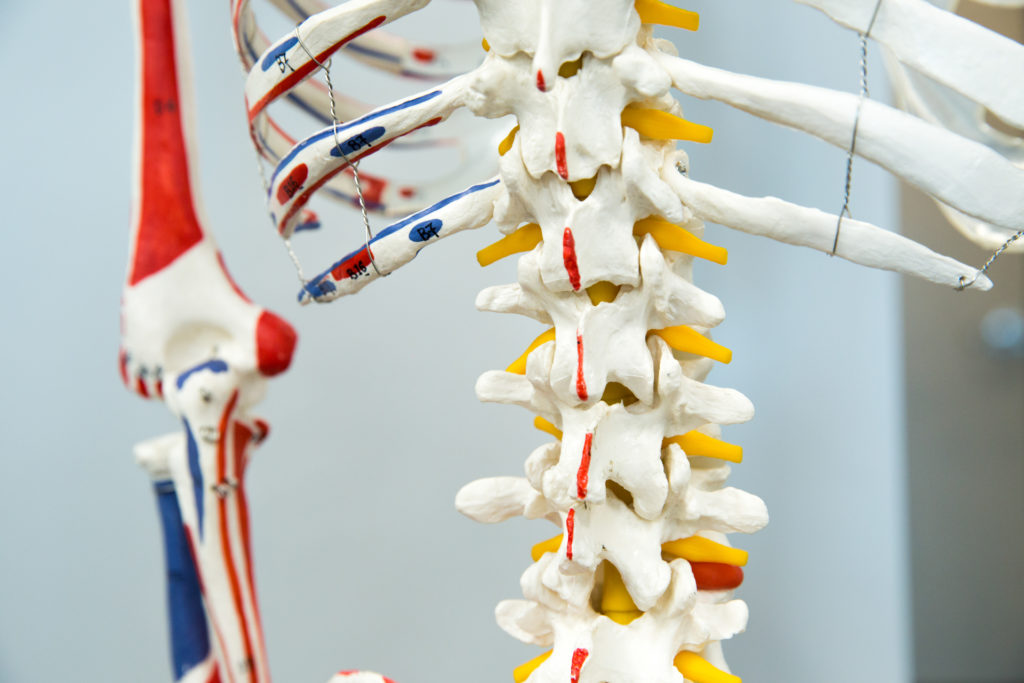
What is regenerative medicine in Kansas City?
At its most simple definition, regenerative medicine is the regrowth of human cells. It’s creating living, functional tissues to repair or replace tissue or organ function lost due to age, disease, damage, or congenital defects.
Specifically, orthobiologics uses substances from the body to facilitate the healing of cartilage, bone, muscle, tendon, ligament, and nerve.
The first step in explaining how we practice regenerative medicine in Kansas City is to talk about the products and methods we use to perform our treatments.
Products
There are two main products we use to practice regenerative medicine in Kansas City: stem cells and platelet-rich plasma (PRP).
Stem cells & regenerative medicine in Kansas City
Typically when we talk about treatment using regenerative medicine, we are referring to the use of stem cells.
Motus Biologics uses adult stem cells, harvested from the patient’s own body, to replace their damaged cells or tissues.

What are stem cells?
Stem Cells can help facilitate the healing of injuries to the bone, cartilage, muscle, tendon, ligament, and bone. Motus has extensive training from physicians in the United States with longstanding expertise in this field.
There are two sides to stem cells. One side of the stem cell uses a sort of camouflage to hide from the immune system so it doesn’t get carried away before it can finish its job. The other side of the stem cell is the healing side, which releases substances to encourage the damaged tissues to heal.
What’s the controversy?
The study of stem cells in general became controversial because of moral implications involved with the extraction and use of embryonic stem cells. These are stem cells taken from a human embryo, which have what is known as omnipotent potential; they can become any kind of tissue. Use of these tissues is not permitted in the United States, as there have been studies performed in animals showing tumor growth (as these cells don’t know how to “turn off” their signal).
Stem cells that are present after birth are referred to as mesenchymal or adult stem cells. These cells can only influence certain tissues such as cartilage, bone, tendon, muscle, ligament, fat, and nerve. These cells DO know how to “turn off” their signal, which is why there has never been a reported tumor or malignancy. Adult or mesenchymal stem cells can be harvested from the patient’s bone marrow or fat, as well as from donor sources such as umbilical cords and amniotic tissue of born babies.
Motus Biologics follows all FDA-approved processes for regenerative medicine in Kansas City by exclusively using adult stem cells. Further, Motus Biologics follows the FDA’s stringent “minimal manipulation” guidelines and does not add substances that would render these cells a drug.
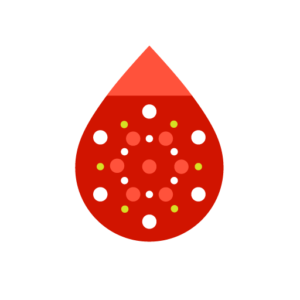
Platelet-rich plasma (PRP) & regenerative medicine in Kansas City
Platelet Rich Plasma (PRP) is a revolutionary, yet conservative, approach to treating many orthopedic conditions using a concentration of one’s own blood platelets. PRP has been used in humans since the 1990s to aid in soft-tissue recovery of injuries.
Blood is drawn from the patient, and the platelets are separated and concentrated in a centrifuge to a concentration specific for the area being treated. PRP plays a critical role in the healing of cartilage, tendon, muscle, ligament, and bone by activating stem cells to regenerate new and healthy tissue. In other words, like stem cells, PRP accelerates the body’s healing process.
This method is extremely cost-effective and safe for all age groups, genders, and levels of activity.
Methods
Aside from cost, there are a few key differences between traditional treatments and regenerative medicine in Kansas City, including how it works, the risks involved, and how patients feel afterwards.
The Process
Traditional methods like surgery exist to replace or remove a patient’s damaged or diseased tissue altogether. Physical therapy or pharmaceuticals may also be prescribed to treat other disease models or injuries.
At Motus Biologics, we utilize treatments using the patient’s own stem cells and/or platelet-rich plasma (PRP) from the patient’s blood to stimulate the regrowth of tissues. The body is much more likely to accept its own live cells without adverse reactions, which leads to more efficient and effective healing.
Whether we are using PRP or stem cells to treat a patient, Motus Biologic’s method of practicing regenerative medicine in Kansas City can be broken down into five main steps:
- Consultation
Teaching patients about how regenerative medicine in Kansas City works is one of the cornerstones of our practice. When a patient first visits Motus Bio, we break down the process step by step, specific to their condition, with recommendations on any other steps they can take on their own to help speed up the process of healing during the treatment process.
We may also recommend over-the-counter treatments to offset any additional pain they may be experiencing in the meantime. If a patient chooses to proceed with a regenerative medicine treatment, there is a period of time before and after the treatment that the patient must avoid anti-inflammatory drugs (more on this later).
2. Harvesting
The next step Motus Bio takes in regenerative medicine is to undergo the process of harvesting. Many of our patients experience little to no discomfort during this process.
If it has been decided that PRP will best treat the patient, the extraction process is nothing more than a common blood draw. If we are using stem cells from the patient, there is a little bit more effort that goes into extracting the correct cells. For more information on where stem cells come from and how they are extracted, see our upcoming article What are stem cells?
3. Concentration
Once we have harvested the PRP or stem cells from the patient, the product goes into an FDA-approved centrifuge device. This vital piece of equipment is able to separate and concentrate the product we’re looking for using a rapid spinning motion. It should be noted that Motus Biologics does not add any chemicals to the stem cells nor do we save any cells that are not used.
4. Injection
After the products have been concentrated, they are placed into a syringe and administered directly into the area of pain or injury under ultrasound guidance. This ensures that we are injecting into the correct area. All products, whether PRP or stem cells, are injected within 2 hours of having been harvested. This is well within accordance of FDA guidelines.
5. Pain Management
We ask the patient to keep us updated on their condition throughout the healing process. If they continue to experience significant pain after their treatment, we will prescribe the appropriate medication (pharmaceutical or over the counter) to best address their specific issues.
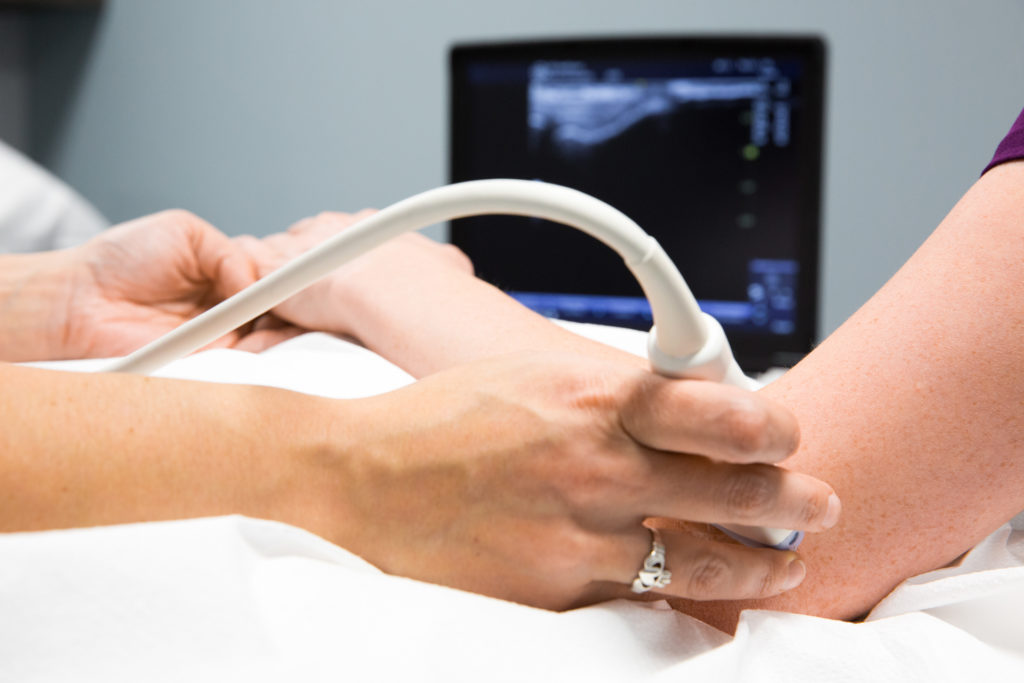
The Risk
Regenerative medicine in Kansas City has much less risk associated with it than traditional, surgical methods of pain or injury relief.
Patients do not need to be put under in order to receive a stem cell treatment but we do offer patients a light oral sedation prior to the procedure. If a patient chooses not to have sedation, they can typically transport themselves to and from their appointments, which means they can schedule treatment times that are more convenient for their schedule.
Overall, our treatments using regenerative medicine in Kansas City are extremely low risk. In fact, PRP treatments in particular have complication rates of less than .001%.
The Recovery
Because patients do not need to be under anesthetic to be treated with regenerative medicine in Kansas City, and because our procedures are non-invasive, recovery time is significantly and meaningfully less than if the injury were treated with surgery.
To fully illustrate how the human body processes an injury or disease, we like to provide our patients with a detailed summary of how it works, and how regenerative medicine in Kansas City may help.
The Process of Healing
Stage 1: Inflammation
The first 7 days
An injured area becomes warm, red, and painful. This is most commonly illustrated with the example of scraping your knee. While many people try to rush or suppress this stage of the healing process by using an anti-inflammatory over-the-counter drug like Ibuprofen, this inflammation is actually a positive step in the direction of healing. It induces an environment for the damaged cells to begin the healing process by promoting blood flow to the area.
Once inflammation has begun, platelets trigger a healing cascade of additional cells. It also releases chemicals to help the blood vessels dilate. Generally, inflammation starts the “recruitment” process, which calls upon different kinds of cells, lays down collagen, and more.
This is where our own stem cells are stimulated. Most of our stem cells live on blood vessels, which makes it easy for them to be transported when necessary. When these stem cells reach the area of injury, they work to create a pro-healing environment.
Stage 2: Proliferation & Replication
Lasts many months
As the body begins to recognize the injury and allocate resources to heal itself, it begins to proliferate (or replicate) cells in order to compensate for the loss or damage of cells during injury or because of a condition. This can lead to the build up of cells that later becomes excess scar tissue.
Stage 3: Remodeling / Maturation
Lasts up to 2 years
Stage 2 and Stage 3 overlap. This stage can last for about 2 years. During this period of healing, the injury slowly heals. There are two main types of healing that occur: radiographic healing & clinical healing.
Radiographic healing can easily be summed up as “what the pictures show,” (whether it be an x-ray, MRI, or ultrasound). Radiographic healing almost always lags behind clinical healing (how the patient feels – see more below). Most physicians will oversee an injury until a patient reaches clinical (not radiographic) healing.
However, the process of becoming fully radiographically healed may occur over a period of two years.
Clinical healing is far more important. Clinical healing is less tangible and more about how the patient feels. Is the range of motion re-established? Is he or she experiencing less pain? Has there been an improvement in function and activity? Is there less stiffness? Is the patient satisfied with their treatment and/or feeling the same as they did before their injury?
Motus Biologics provides regenerative medicine in Kansas City so we can focus on the complete, long-term health and healing of the patient, because our patients’ experiences are more than x-rays.*
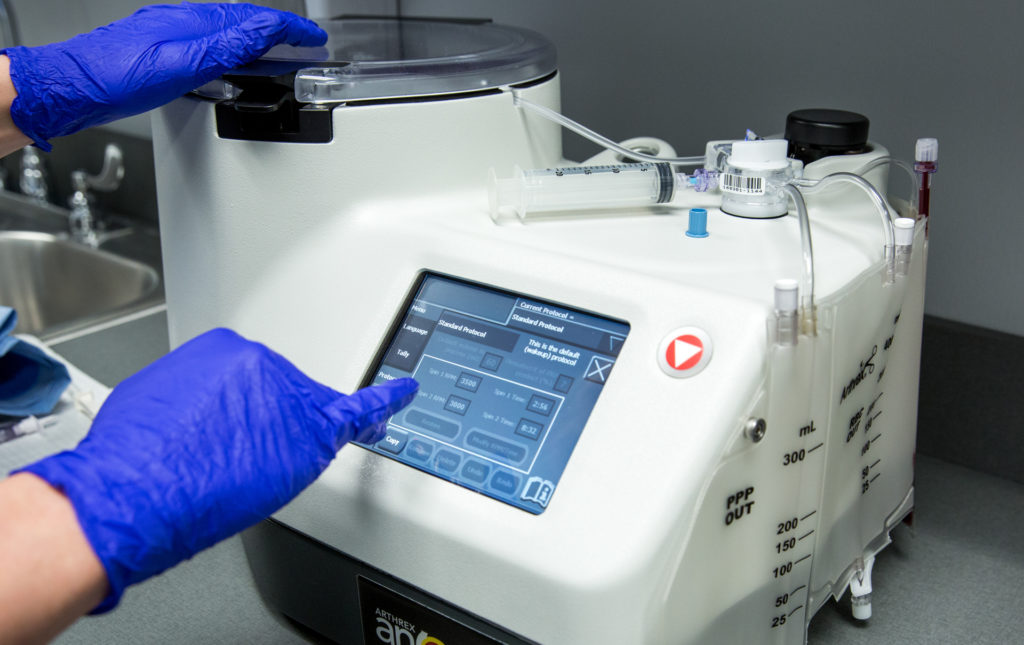
Is Regenerative Medicine in Kansas City right for me?
Because the products we use to practice regenerative medicine in Kansas City (stem cells and PRP) are sourced from your own body, it may be necessary to review your medical history and lifestyle during your initial consultation. Motus Bio ensures all the necessary blood tests are checked prior to the procedure(s) in order to ensure which treatment is right for your individual circumstances, and what kind of lifestyle and recovery time you’re aiming for afterwards.
Ultimately, your treatment decision is yours and yours alone. We provide these consultations with all of our patients to ensure they are well informed of all the options they have, including alerting them if a more traditional option may be more suited to their lifestyle or needs. Should you require surgery for your injury, our staff has developed a close relationship with other practices to help facilitate the treatment program that’s right for you.
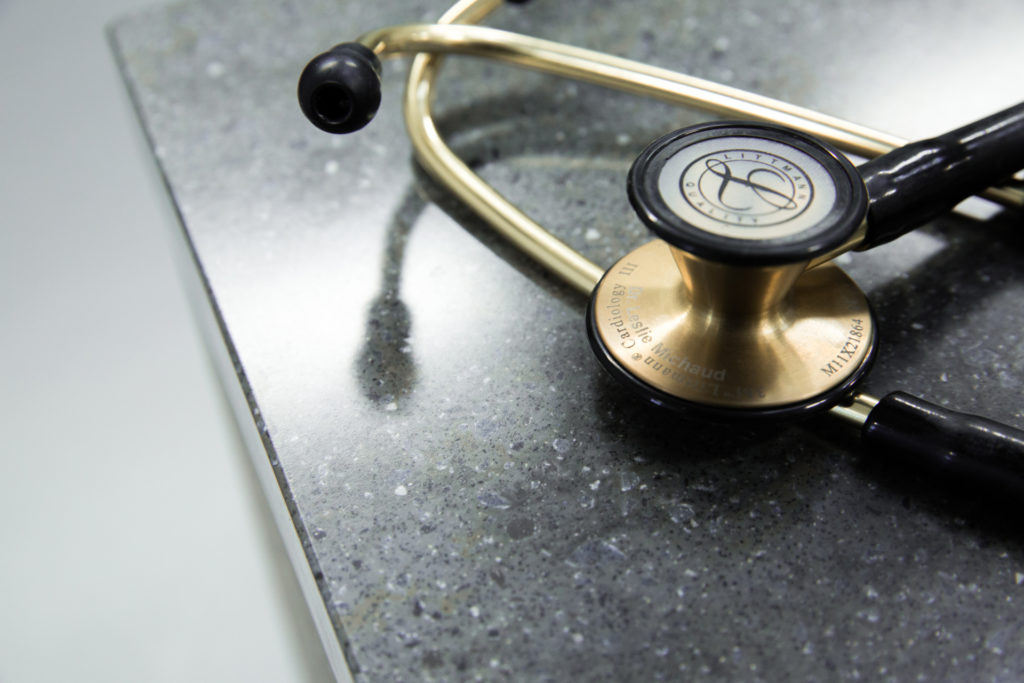
Contact Motus Bio today.
Motus Biologics was founded by Dr. Leslie Michaud, a stem cell doctor in Kansas City who attended medical school at the University of Illinois at Chicago and completed her internship and residency in family medicine at the Mayo Clinic in Rochester, Minnesota. She returned for fellowship training in primary care sports medicine at the Steadman-Hawkins Clinic of the Carolinas from which she graduated in 2013. She later trained with Bluetail Medical Group, experts in the field of regenerative medicine, to learn how to safely and effectively perform these treatments.
If you have any additional questions about regenerative medicine in Kansas City, please don’t hesitate to reach out to the Motus Biologics team.

